يحاول ذهب - حر
THE DAY THE CRETACEOUS ENDED
March 2020
|Muse Science Magazine for Kids
When the asteroid hit, it sent Cret trillions of tons of molten rock and dust into the atmosphere, much of it hotter than the surface of the sun.

One day about 66 million years ago, life on our planet changed forever. It happened when an asteroid the size of a mountain tore through the atmosphere and slammed into the Yucatán Peninsula. The collision set off a series of events that killed 75 percent of all animal and plant species, including dinosaurs. Thus ended the Cretaceous geologic period.
Fiery debris from the cataclysm set forests within thousands of miles ablaze. Liquefied rock formed tiny blobs of glass that blasted outward from the site and shot through the atmosphere. Meanwhile, a gigantic earthquake caused by the impact propelled seismic waves through the Earth’s crust, sending water sloshing onto land.
Far Away in North Dakota
Paleontologist Robert DePalma believes he has found evidence of the first minutes to hours of that catastrophic event. But it’s not at the asteroid’s crash site. It’s at a North Dakota cattle ranch, some 2,000 miles (3,220 km) away.
Even as a child, DePalma wondered what the Cretaceous was like. He was fascinated by bones and how they worked together. By age 6 or 7 he was finding fossilized bones from mammals in central Florida. And at age 9 he found his first dinosaur bone on a family trip to Colorado.

هذه القصة من طبعة March 2020 من Muse Science Magazine for Kids.
اشترك في Magzter GOLD للوصول إلى آلاف القصص المتميزة المنسقة، وأكثر من 9000 مجلة وصحيفة.
هل أنت مشترك بالفعل؟ تسجيل الدخول
المزيد من القصص من Muse Science Magazine for Kids
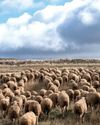
Muse Science Magazine for Kids
ANIMAL FIREFIGHTER TO THE RESCUE
Can animals help manage the risks of deadly wildfires?
3 mins
Muse July 2025: The Story Behind Wildfires
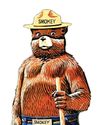
Muse Science Magazine for Kids
FIRE DANGER
WHY THE RISK OF WILDFIRES KEEPS GROWING
4 mins
Muse July 2025: The Story Behind Wildfires
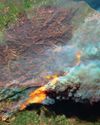
Muse Science Magazine for Kids
The Miller NEW Normal
WHAT TODAY’S WILDFIRES TELL US ABOUT OUR FUTURE
8 mins
Muse July 2025: The Story Behind Wildfires
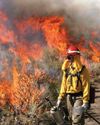
Muse Science Magazine for Kids
WOMEN AND FIREFIGHTING: A GOOD FIT
Jessica Gardetto is a firefighter. Her father was, too. “I grew up with my dad coming home smelling like wildfire and covered in soot,” she says.
1 min
Muse July 2025: The Story Behind Wildfires
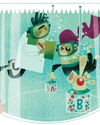
Muse Science Magazine for Kids
What is happening on your fingertips when they get all wrinkly in a hot tub?
—Felix G., age 10, Montana
1 mins
Muse July 2025: The Story Behind Wildfires

Muse Science Magazine for Kids
WHEN the SMOKE CLEARS
THE LINGERING EFFECTS OF THE RECENT PACIFIC PALISADES AND ALTADENA EATON FIRES
6 mins
Muse July 2025: The Story Behind Wildfires

Muse Science Magazine for Kids
PICKING TEAMS
Keep it fair with a strategy that relies on geometry.
2 mins
Muse July 2025: The Story Behind Wildfires
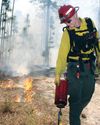
Muse Science Magazine for Kids
SHAN CAMMACK
WILDLIFE BIOLOGIST AND FIRE SAFETY OFFICER
3 mins
Muse July 2025: The Story Behind Wildfires
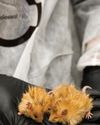
Muse Science Magazine for Kids
Scientists Create Mice With Woolly Mammoth-Like Fur
RESEARCHERS AT A COMPANY IN TEXAS ARE WORKING TO CREATE A LIVING ANIMAL THAT RESEMBLES THE EXTINCT WOOLLY MAMMOTH. Recently, they produced mice with traits of the large mammal. The mice all have coats with mammoth-like fur, and some of the small mammals also have genes that help them store fat. Both features would help the animals survive in the cold Arctic, where the woolly mammoth once lived.
1 min
Muse July 2025: The Story Behind Wildfires
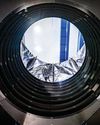
Muse Science Magazine for Kids
Cool Sunshade Added to the Nancy Roman Space Telescope
THE NANCY ROMAN SPACE TELESCOPE IS A NEW TELESCOPE THAT NASA IS BUILDING AND WILL LAUNCH INTO SPACE, LIKELY IN EARLY 2027.
1 min
Muse July 2025: The Story Behind Wildfires
Translate
Change font size

